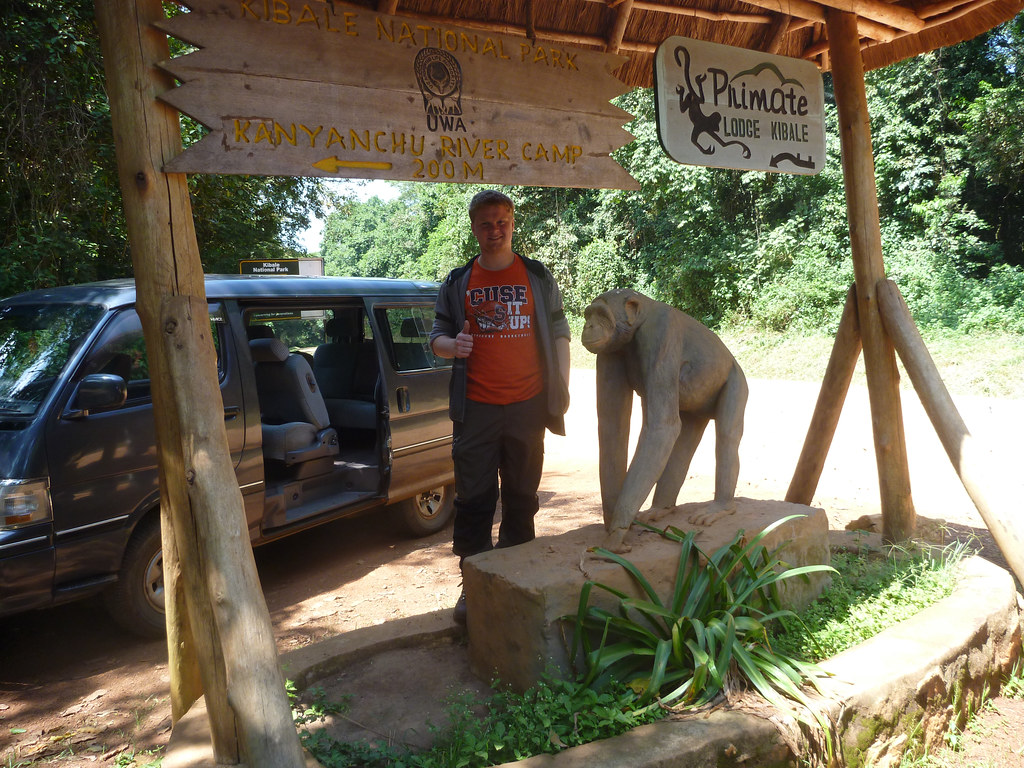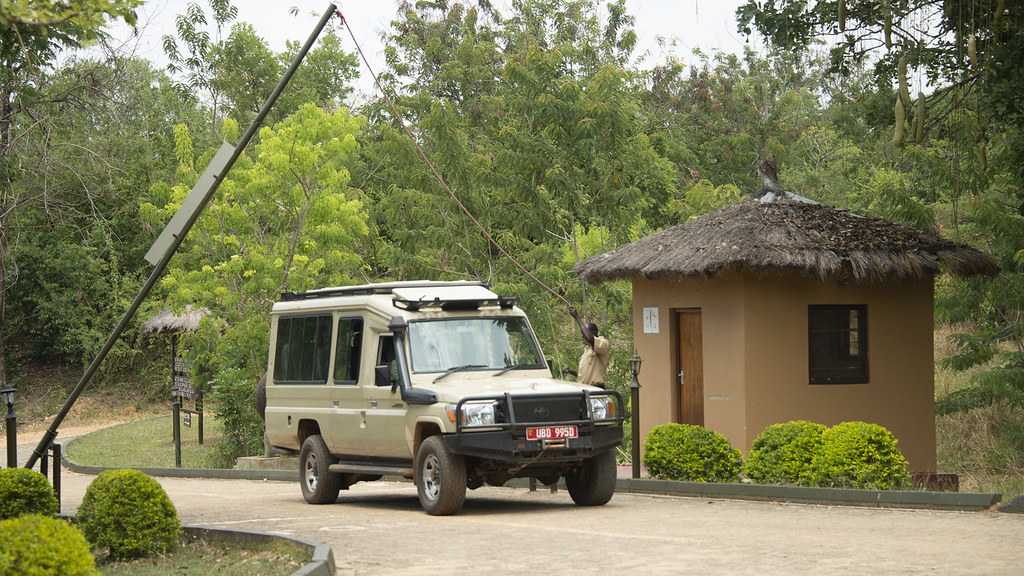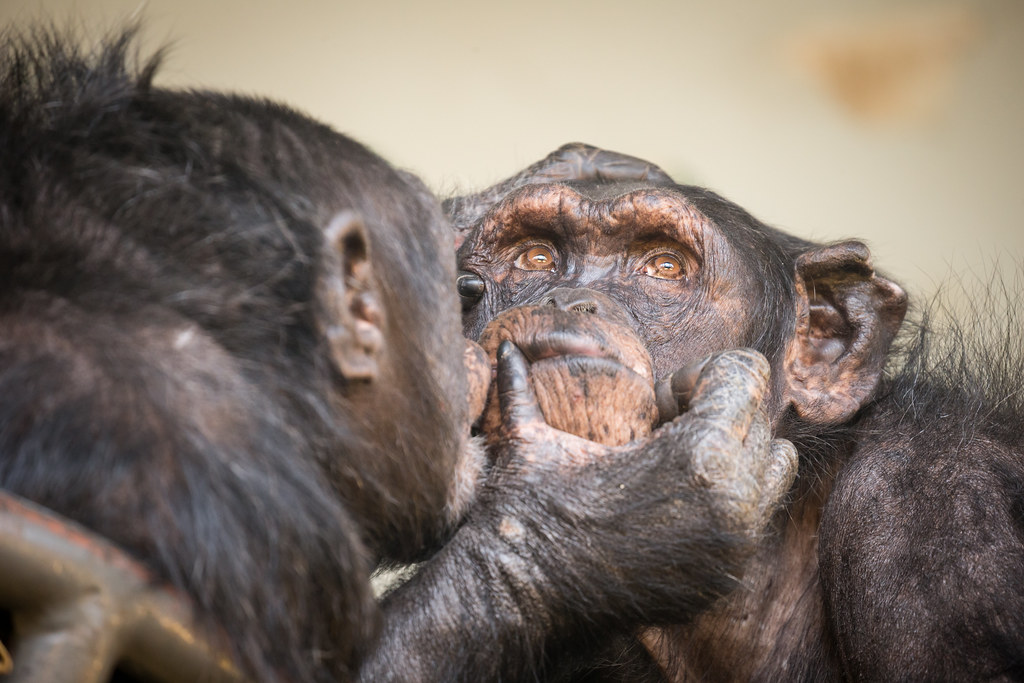Park Entrance Fees
The Uganda Wildlife Authority (UWA), which is in charge of establishing park entrance fees and other charges for all Ugandan national parks, sets the rates for Kibale National Park. A well-known location for chimpanzee hiking and habituation is Kibale National Park. There are many amazing ecosystems in the forest that help chimpanzees and other primates make a living.
More than a thousand chimpanzees can be found in Kibale National Park, which is likely the real reason it is known as the “primate capital of the world.” In addition to chimpanzees, Kibale National Park is home to more than ten other species of primates, including red-tailed and black-and-white colobus monkeys, as well as night primates like pottos and bush babies, as well as other creatures like night tree pangolins, forest elephants, and birds. Nevertheless, chimpanzee trekking and acclimatization are the highlights of safaris to Kibale National Park.
Chimpanzees’ ability to adapt is largely determined by the kind of vegetation found in Kibale National Park. Sections of Kibale National Park’s semi-deciduous rain forest are covered in dense undergrowth. It can be difficult to trek for the chimpanzees here. Primate safaris in Uganda are illuminated by chimpanzee trekking in Kibale National Park. Additionally, it’s your fantastic opportunity to engage in real-time interactions with chimps and other primates.
The major national parks of Uganda are included in category A, which includes Kibale National Park. The nature of the various park costs, including admission and activity fees, is partly determined by the status of Kibale National Park. Kibale National Park admission fees are divided into the following small groups:
Fees for individual park admission
Regardless of age, this is the cost per entrance per individual. Kibale Park’s separate park entrance costs are further divided into three categories based on the visitor’s status: foreign residents, foreign nonresidents, and East African society. A valid national identity card provided at the gate by East African people is required, but a passport is used to prove that the visitor is a foreign nonresident. A one-year work permit is also necessary for foreign residents of Uganda.
Adult visitors who are foreign residents of Uganda are eligible to pay $30 USD for park entrance, whereas international nonresidents must pay $40 USD. East Africans, however, are entitled to UGX20,000 for park admission to Kibale National Park.
Children, however, are subject to separate fees; a youngster who is a foreign nonresident of East Africa is eligible to pay $20 for park admission. A child living abroad in Uganda must pay a park entrance charge of 10 US dollars (UGX5000 for East African citizens) to Kibale National Park. Children under the age of twelve are exempt from paying park admission costs in this instance, though.
Since the student groups are assumed to be all East African citizens, they are eligible to enter Kibale National Park for UGX3,000. However, a pass to Kibale National Park costs UGX5000 for university and tertiary students. Students who are members of several wild life clubs must pay a nominal park entrance fee of UGX2000 to enter Kibale National Park.
Kibale National Park admission fees per year
You can also opt to pay the park entrance fees for Kibale National Park for the entire year, which will save you from having to deal with the discomfort and worry of entering the park throughout the year. A person visiting Kibale National Park must pay 350 USD for park admission each year, while East African citizens must pay UGX 150000. However, a couple is entitled to UGX 200000 for East African citizens and $500 USD for foreign inhabitants as the annual entrance charge to Kibale National Park. Note that only East African citizens and foreign residents are permitted annual park admission.
A family with around four children is eligible to pay an annual park entrance fee of 700 USD for foreign residents and UGX 300000 for East African natives. In contrast, a group of foreign residents can purchase a yearly business pass for $1500 USD, while East African natives can get one for UGX 2.5 million.
Since a safari guide is regarded as an East African national in this instance, they are entitled to UGX 100,000 per year as park admission to Kibale National Park. This also holds true for taxi drivers. There is no fee for a tour company driver to enter Kibale National Park. However, a foreign-based travel operator must pay an annual park entrance fee of $50 USD, while an East African-based tour operator must pay UGX 125000.
It should be noted that there are no additional fees associated with entering Kibale National Park, including activity fees, lodging, and auto rentals. You must show any paperwork that clearly identifies your status at the national park’s entrance gate.
Fees for vehicle entry
Since Kibale National Park is a protected area, motor vehicles entering the park are subject to fees. However, as can be seen below, traffic varies depending on the motor engine’s condition, whether it is foreign or East African.
Foreign motorbikes are subject to a park entrance fee of $30 USD and UGX 10,000 for East African motorbikes in Kibale National Park. In contrast, salon automobiles in East Africa are charged UGX 20,000 for park entry to Kibale National Park, while salon cars in other countries are only 40 USD.
Minibuses must pay a park entrance fee of UGX 30,000 for East Africans and USD 50 for foreigners to enter Kibale National Park. In contrast, the cost of park entry to Kibale National Park for 4WDDS and pickups is UGX 30,000 for East African cars and $50 USD for foreign vehicles.
However, the cost of the tour company’s vehicles is 120 USD for foreigners and UGX 30,000 for East Africans. The park entrance fees for buses and lorries into Kibale National Park are 150 USD for foreigners and UGX 150000 for East Africans. Since they are regarded as East African vehicles, school buses must pay UGX 50,000 to enter Kibale National Park.
In summary, all protected areas have stringent entry requirements, however these are only in place to restrict unrestricted movement within the protected areas’ eco zones, which would harm the national parks’ ecosystems. In addition to funding the development and execution of sustainable tourism plans and policy evaluation, the admission fee is utilized to support conservation initiatives within Kibale National Park.



